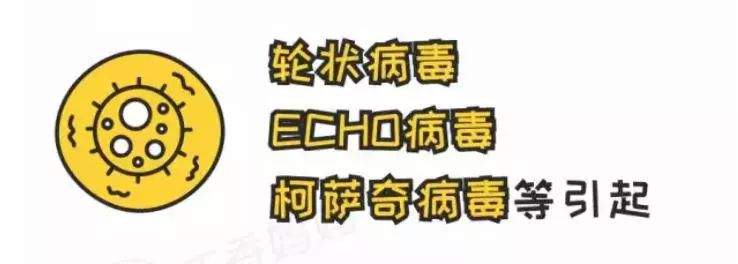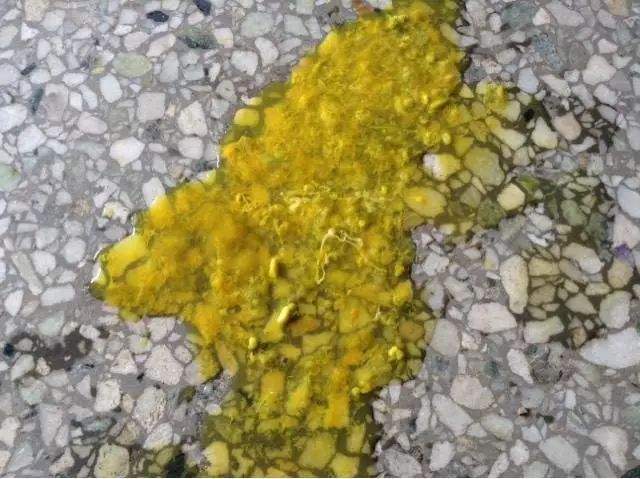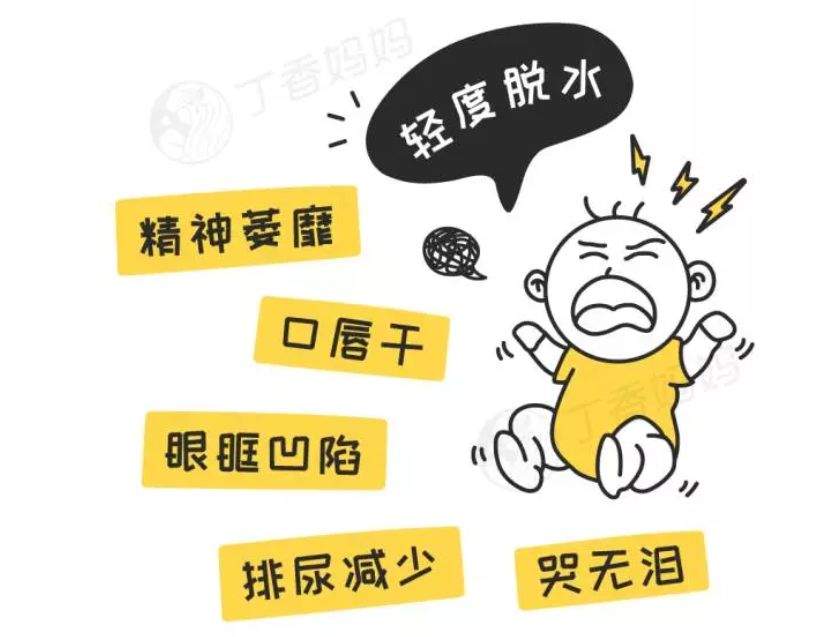Just after the hand-foot-mouth virus storm, another virus with the same lethality as it made a comeback-rotavirus.
Rotavirus infection, also known as autumn diarrhea, occurs frequently in autumn and winter (October to February of the following year). It is menacing and is the number one health enemy of children in autumn and winter.
Fever, vomiting and diarrhea cannot stop, and have strong transmission, which can be said to be [one person is recruited, the whole class is infected].
According to the World Health Organization, about 215,000 children worldwide died of rotavirus infection in 2013. In some countries, rotavirus infection even accounted for 2/3 of all deaths.
Today, the old editor will talk with you about how to treat and prevent autumn diarrhea.
Is autumn diarrhea what?
Autumn diarrhea is mainly caused by rotavirus, ECHO virus and Coxsackie virus, while more than 60% of children’s diarrhea is caused by rotavirus infection.
The virus looks like a wheel under an electron microscope, so it is called rotavirus.

Photo Source: Clove Mother Design Team
Rotavirus infection mainly targets children aged 6 months to 4 years.
It is mainly transmitted through feces-mouth, and can also be transmitted through water sources or respiratory tract.

Autumn diarrhea is a self-limited disease, that is to say, most of them will be well without treatment and good care.
However, it should be noted that children infected with rotavirus may suffer from severe dehydration and electrolyte loss, which may endanger their lives in severe cases.
For babies under 2 years old, rotavirus is an infectious disease that is extremely harmful and needs strict prevention.
How to judge whether the baby is infected with autumn diarrhea?
The onset of diarrhea in autumn is urgent and rapid.
Once the baby is recruited, he will have fever and vomiting and diarrhea (lasting for 2-7 days) at the initial stage of infection.

If the baby has symptoms of fever and vomiting, parents can judge whether the baby is infected with autumn diarrhea according to the baby’s stool.
The typical symptom of diarrhea in autumn is that the stool is like egg flower soup.
The following is a physical picture of Baba. Watch carefully.

If you can’t judge, parents can take the baby’s stool samples within 2 hours of the baby’s defecation and go to the hospital for a doctor’s test. At this time, you can go without your baby, but your baby’s stool must be stored in a fresh-keeping bag or a fresh-keeping box.
If the baby is ill, this kind of care is most effective.
Once the baby is infected, it may suffer from mild or severe dehydration due to vomiting and diarrhea.
1. Parents can do this when they are slightly dehydrated.
When the baby is slightly dehydrated, there will be the following symptoms: reduced urination, no tears when crying, dry lips, polydipsia, listlessness, sunken eyes, etc. Parents can take medicine for the baby according to the baby’s symptoms and the following methods.

Symptomatic medication: Erlin + rehydration salt + probiotics

If the baby has a fever, use antipyretic to reduce the fever. Infants over 3 months old can use [Tylenol] and infants over 6 months old can use [Merrill Lynch].
When the baby suffers from mild dehydration, parents can buy [oral rehydration salt] containing electrolyte. Sodium, potassium and water can effectively prevent and treat mild dehydration.
Probiotics can help babies adjust the imbalance of intestinal colonies caused by diarrhea. When in use, they are diluted according to the instructions and fed several times in small quantities.
It is not recommended to mix salt water for your baby, because dehydrated babies have other minerals besides losing water and salt, and pure salt water cannot treat dehydration.
Don’t take antibiotics indiscriminately
Autumn diarrhea is caused by viral infection, while antibiotics are used to treat diseases caused by microbial infection, which is unnecessary for children without bacterial infection.
2. Immediately seek medical treatment in case of any of the following circumstances
When the baby has symptoms of apathy, coma, non-drinking water and deep eye socket, it indicates that the baby has been severely dehydrated.
Severe dehydration will lead to damage to the baby’s nerves and organs, so we must do a good job in prevention. Once the baby has symptoms of severe dehydration, he should go to the hospital immediately so as not to delay his illness.
If you can’t judge the degree of dehydration of your baby or take care of your baby properly, go to the hospital as soon as possible.
3. Diet Points during Baby’s Sickness
At present, the main view is to advocate the baby to eat as usual.

Photo Source: Clove Mother Design Team
- Breastfeeding: If it is breastfeeding, Breastfeeding should continue, However, if a large amount of diarrhea is caused quickly after feeding, The signs of dehydration reappear or worsen, Lactose-free formula feeding should be considered, After diarrhea improves, she turns to breast feeding. Milk powder feeding: Feed with lactose-free formula milk. After diarrhea stops, gradually return to the original normal formula milk powder. After adding supplementary foods: continue the familiar diet, from less to more, from thin to thick. Try to give your baby some foods rich in potassium to relieve your baby’s dehydration symptoms, such as bananas and fresh coconut juice.
Do These Three Points Well to Prevent Autumn Diarrhea
1. Pay attention to hygiene and wash hands frequently.
Rotavirus is transmitted through fecal-oral route and is highly infectious. If babies come into contact with people infected with rotavirus or objects they touch, they may be infected with the virus.
Wash your hands frequently, which can greatly reduce the probability of infection. When you come back from going out, you should wash your hands frequently and hold your baby again. At the same time, pay attention to:
- Don’t give your baby raw and cold food; Regularly disinfect baby’s tableware and toys; Avoid sharing food with other babies and adults during the epidemic season. When going out to use a public diaper table, disinfect the diaper table with alcohol wipes first.
2. Vaccination against rotavirus
Vaccination with rotavirus vaccine is currently the best way to reduce the incidence and death of severe diarrhea.
Rotavirus is a sweet oral vaccine. Babies over 6 months old can be vaccinated without injection. It is a self-funded vaccine.
The vaccine protection rate is about 72%, and the protection rate for severe diarrhea is about 70%. Although it cannot be 100% prevented, it can also minimize the possibility of illness and provide an additional protective umbrella.
Step 3: Pay Attention to Diet
Adhering to breast-feeding can reduce the probability of baby infection.
For babies who have already added supplementary foods, they can eat more fruits and vegetables rich in vitamin C, such as fresh jujube and grapefruit in the current season.
4. Go to less crowded indoor amusement places.
No matter when you are in what, you should stay away from the virus population and go to indoor amusement parks and other places that are not ventilated and have many children.
